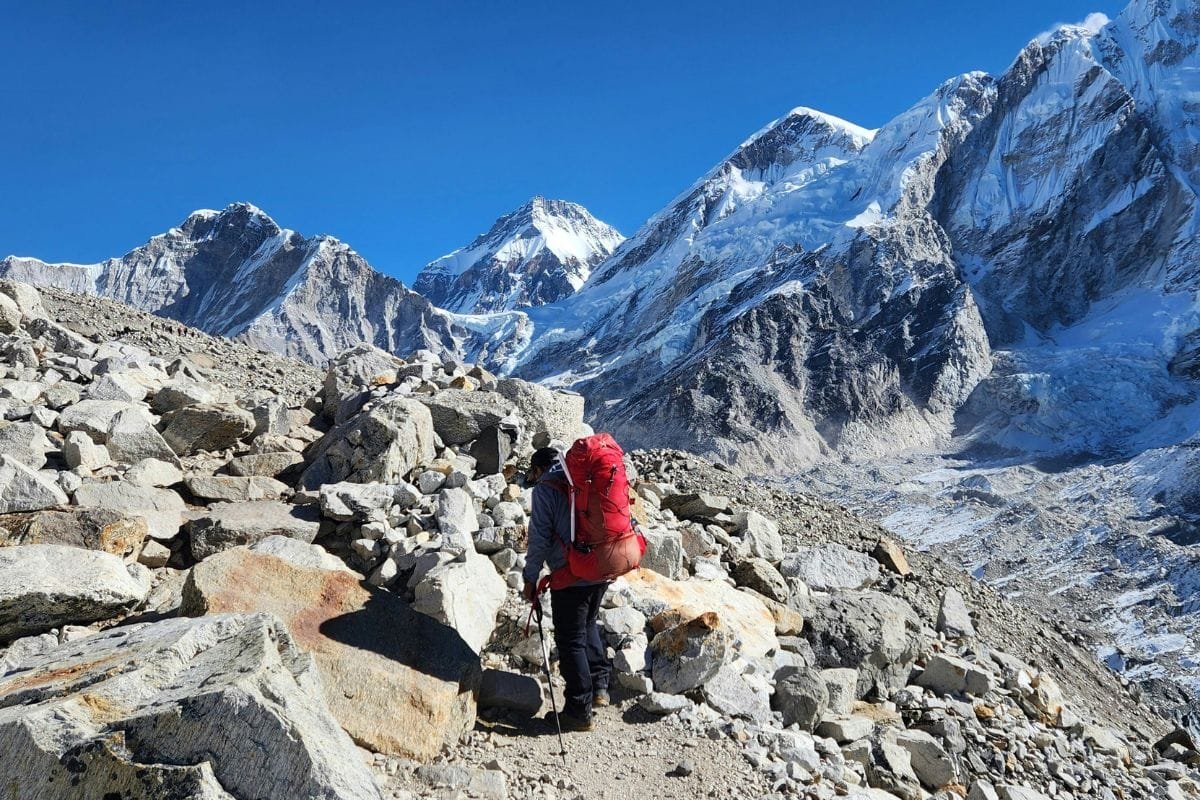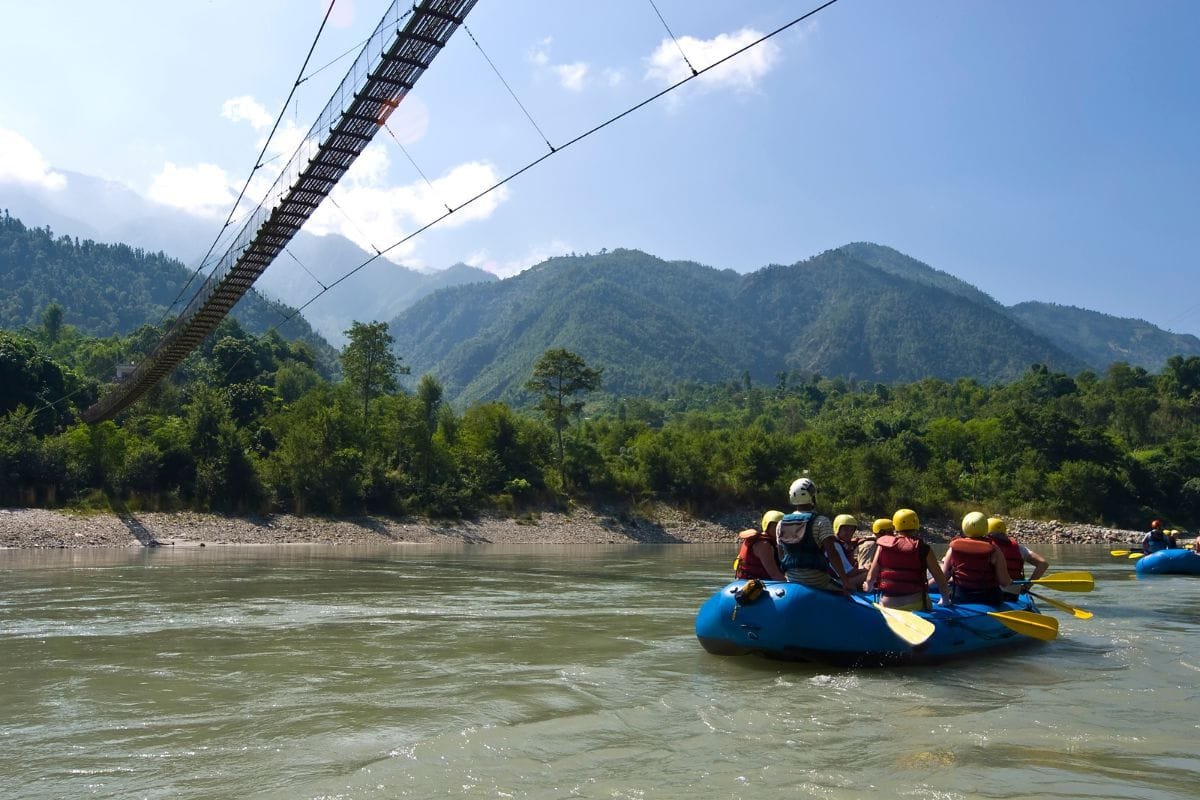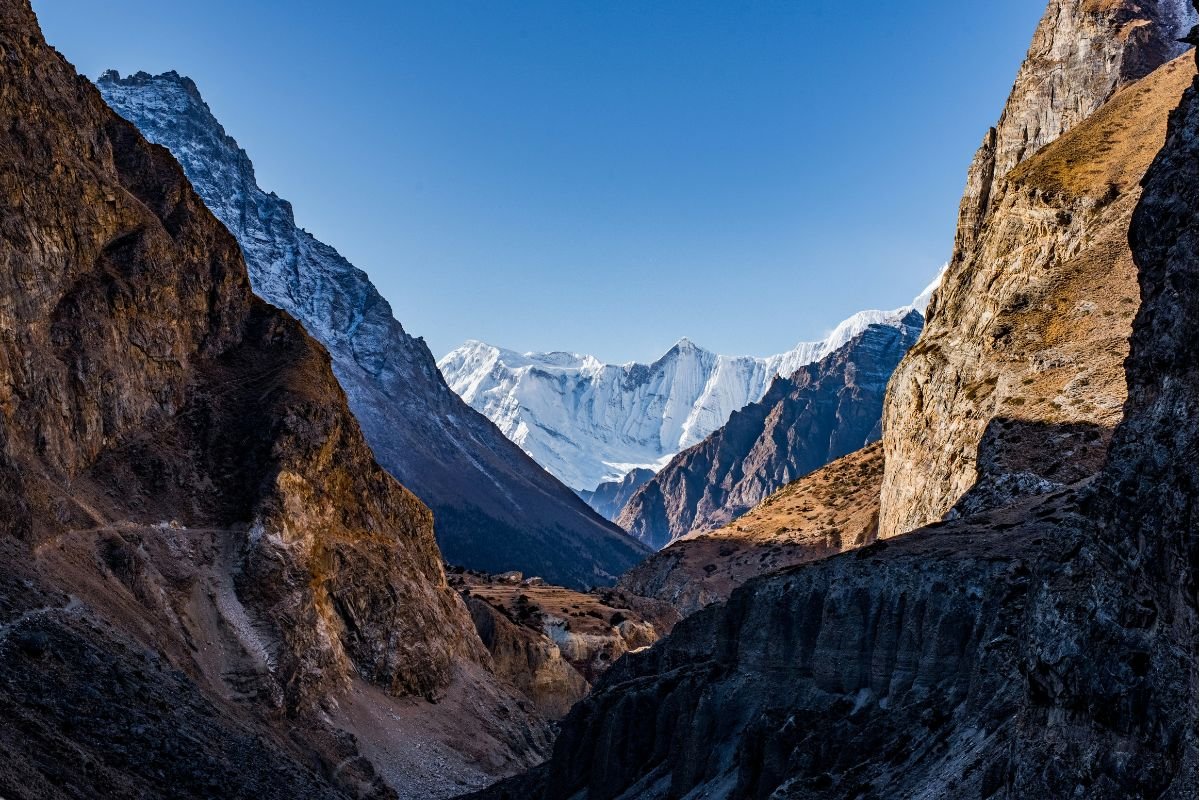Snow-covered trails, breathtakingly clear skies, and the towering Himalayan peaks looking more majestic than ever—Annapurna Base Camp in winter is nothing short of a magical journey. But many travelers still ask, Is it really possible to trek to Annapurna Base Camp during the winter season?
The answer is yes, with the right preparation and mindset. While the winter trek poses unique challenges, it also rewards trekkers with serene landscapes, quieter trails, and unforgettable moments.
Weather Conditions and Seasonal Challenges

The winter months in Nepal—December, January, and February—are known for their cold temperatures, especially in the Himalayas. But they also bring stable weather, with clear skies and dramatic mountain views that are often obscured during other seasons.
At Annapurna Base Camp (4,130 meters), daytime temperatures typically range between -5°C and 10°C, while nights can dip as low as -10°C to -15°C. You’ll be trekking through frozen waterfalls, snow-covered forests, and crisp alpine air, often in silence broken only by your footsteps crunching through snow.
However, you’ll also face:
- Heavy snowfall, especially from Deurali to base camp, which may obscure trails.
- Slippery and icy paths that require proper gear and caution.
- Reduced daylight, which limits trekking hours—most walks should start early and end by mid-afternoon.
- Tea house closures in higher altitudes, which can limit accommodation and food options.
Pros and Cons of Trekking Annapurna in Winter

Pros: Why You’ll Love a Winter Trek
Peaceful Trails— Unlike the busy spring and autumn, winter treks in Nepal are far less crowded. You’ll feel like you have the mountains all to yourself.
Clear Mountain Views—Winter skies are mostly cloud-free, offering stunning, uninterrupted views of Annapurna I, Machapuchare (Fishtail), Hiunchuli, and more.
Pristine Beauty—The snow-draped landscapes, quiet forests, and glistening ice formations turn the trail into a real-life snow globe.
Budget-Friendly— With fewer tourists around, many lodges offer discounts, and you may score deals on flights and transport.
Cons: What You Need to Prepare For
Biting Cold—Without proper layering, the cold can become uncomfortable, especially during nights at higher altitudes.
Risk of Snow Blockades—Trails might be closed or difficult to pass due to heavy snowfall.
Limited Services—Fewer trekkers mean some teahouses shut down during winter. Always check in advance or go with a guide who knows which are open.
More Physical Demands—Snowy and icy trails require more energy, careful steps, and occasionally a slower pace than in warmer months.
Safety Precautions: Stay Smart, Stay Safe

If you’re planning a winter trek to Annapurna Base Camp, preparation is everything. Here are some essential safety tips to make your journey safe and enjoyable:
Hire a licensed guide or porter—not only do they help carry your load, but they also know the trails well, especially the alternate routes in case of snow.
Gear up properly—essential winter trekking gear includes:
- Thermal inner layers and fleece jackets
- Waterproof and insulated outerwear
- Warm gloves, hats, and woolen socks
- Crampons or microspikes for icy trails
- UV sunglasses and sunscreen to protect from glare
Check weather forecasts daily— Storms in the Himalayas can come unexpectedly. Always plan your days accordingly.
Start your trek early—with limited daylight, aim to reach your next stop before 3 PM.
Stay hydrated and eat well—cold weather can mask dehydration. Keep drinking water and enjoy high-carb meals to maintain energy.
Acclimatize—Even in winter, altitude sickness remains a concern. Take rest days and listen to your body.
So, is it worth it?
Annapurna Base Camp in winter is not just possible—it’s an experience unlike any other. For those who enjoy solitude, raw natural beauty, and a bit of adventure, winter trekking offers something truly special. You’ll witness Himalayan magic at its quietest and purest.
However, it’s essential to trek with a guide, pack the right gear, and mentally prepare for cold conditions and physical demands.
Plan Your Winter Trek with Frox Holidays Nepal
Whether you’re a seasoned trekker or a nature lover looking for a unique experience, our team at FROX Holidays Nepal can help you plan your perfect Annapurna Base Camp trek in winter. From gear checklists to guide support and permits, we handle everything—so you can focus on enjoying the snow-capped serenity.
📩 Contact us today for custom itineraries, group departures, or private treks this winter season!


